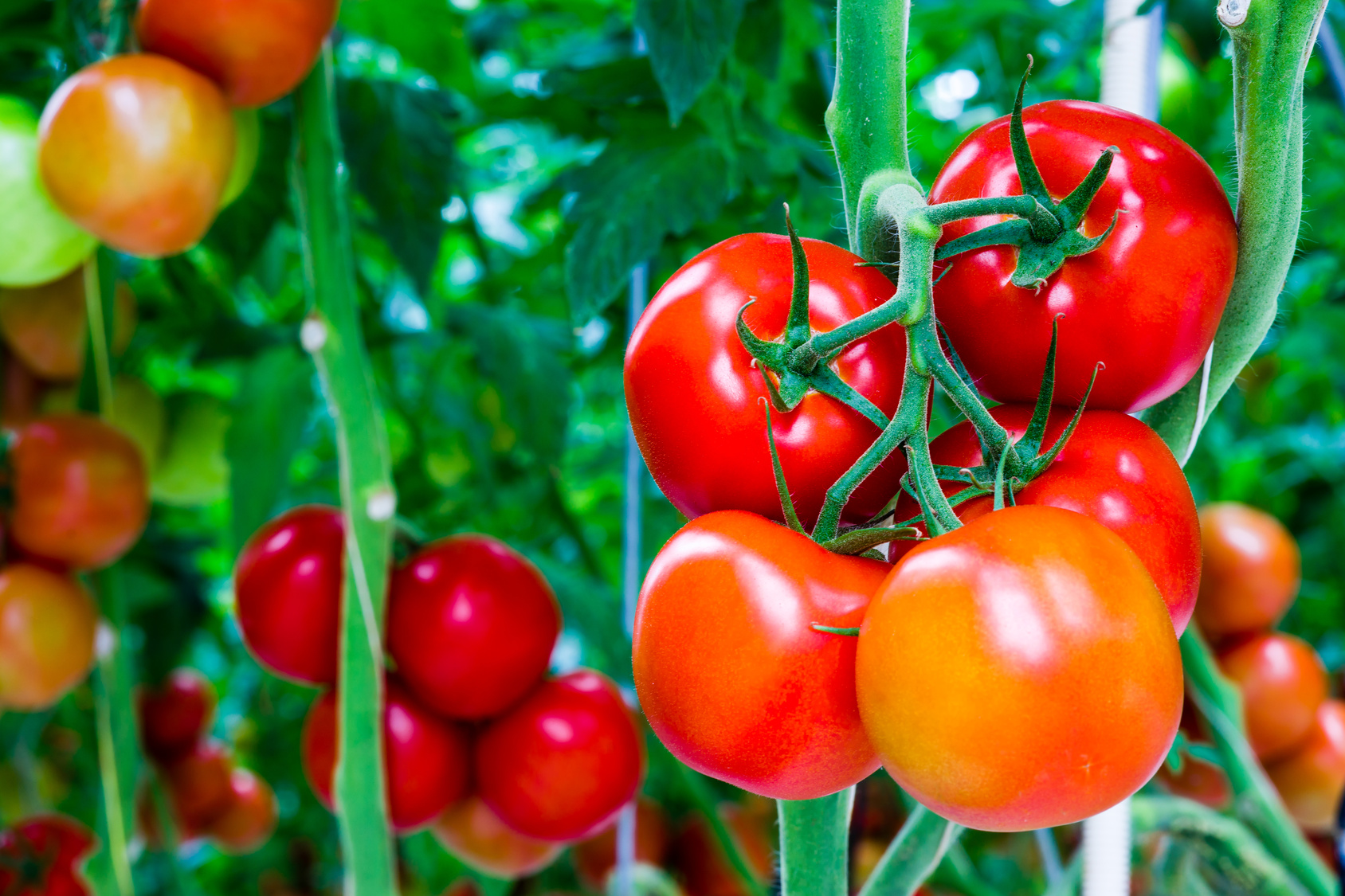Tomato cultivation with humic acids: The secret weapon for juicy and healthy fruits

Tomato cultivation with humic acids: The secret weapon for juicy and healthy fruits
Tomatoes are not only a staple food in many kitchens around the world, but also a symbol of fresh, healthy nutrition. To harvest the best and tastiest tomatoes, proper care and nutrient supply are crucial. An innovative method that has gained importance in recent years is the use of humic acids in tomato cultivation. In this article, we will examine the benefits of humic acids for tomato cultivation and present the results of this application.
What are humic acids?
Humic acids are organic compounds that result from the decomposition of plant and animal material. They are an essential component of humus in the soil and play a crucial role in the nutrient uptake of plants. Humic acids improve soil structure, increase water storage capacity and promote the growth of microorganisms that are important for plant health.
Advantages of humic acids in tomato cultivation
1. Improved nutrient uptake: Humic acids help tomato plants to better absorb nutrients such as nitrogen, phosphorus and potassium. This results in stronger plants and higher fruit quality.
2. Increased resistance: The application of humic acids can make tomato plants more resistant to diseases and pests. The plants develop a stronger root system, which provides them with a better supply of water and nutrients.
3. Better soil structure: Humic acids improve soil structure, resulting in better aeration and water permeability. This is particularly important for the root growth of tomato plants.
4. Increased yields: Studies have shown that the use of humic acids in tomato cultivation leads to higher yields. The fruits are not only larger, but also tastier.
Use of humic acids in tomato cultivation
Humic acids can be used in various ways:
• Soil treatment: Before planting, humic acids can be worked into the soil to increase soil fertility.
• Liquid fertiliser: Humic acids can also be used in the form of liquid fertilisers, which are applied directly to the roots of the plants.
• Foliar fertilisation: Another method is foliar fertilisation, in which a solution of humic acids is sprayed onto the leaves to promote nutrient uptake.
Results of the application of humic acids
Various cultivation trials have shown that tomato plants treated with humic acids achieved significantly better results. Here are some of the notable results:
• Yield increase: In one trial, a yield increase of up to 30% was observed in tomato plants treated with humic acids.
• Improved fruit quality: The treated tomatoes had a higher sugar concentration and a more intense flavour, making them particularly attractive for consumption and processing.
• Resistance to disease: The plants showed a significant reduction in disease incidence, resulting in a healthier harvest.
The use of humic acids in tomato cultivation offers numerous advantages that can improve both yields and fruit quality. By promoting root growth, improving nutrient uptake and strengthening plants against stress factors, humic acids contribute to healthier and more productive cultivation. So if you want to optimise your tomato harvest, using humic acids could be a worthwhile investment.

